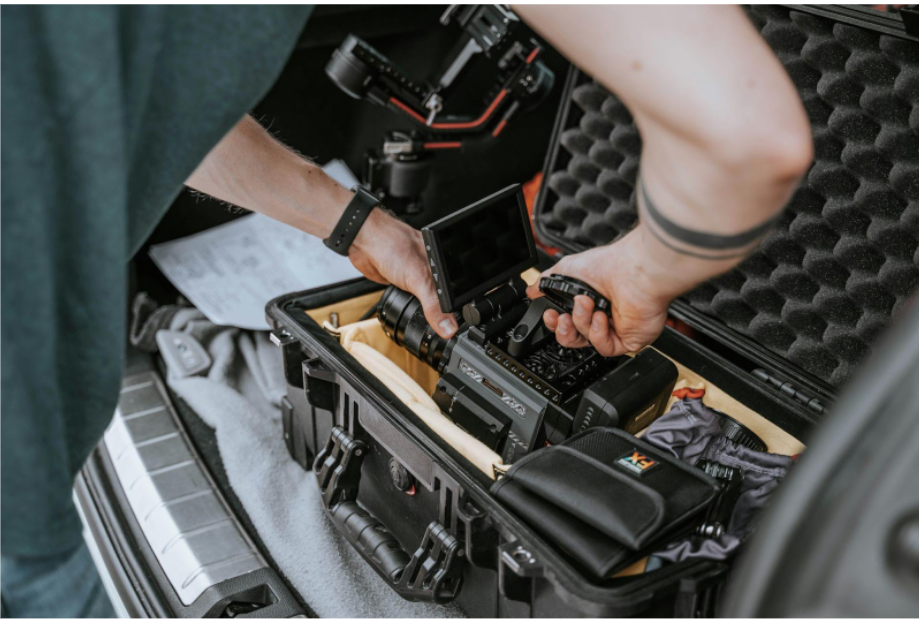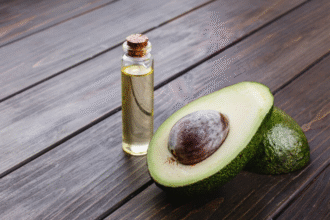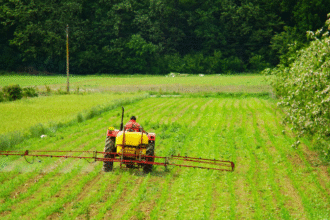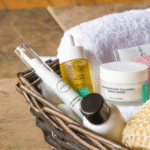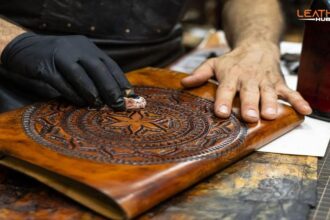Image from Unsplash
Thanks to a new wave of content creators, working on cars in your driveway is no longer niche, it’s a viral sensation. Tutorials on TikTok and Instagram are transforming sockets and spanners into stars, with creators showing real repairs, restorations, and simple upgrades that anyone can replicate at home. Many credit My Garage Supplies for offering the right tools, gear that looks high-end on video and works reliably off-camera.
With people searching for car repair help online tens of millions of times per month, DIY content is giving viewers confidence, and creators visibility. In this article, we look at what’s driving the trend, which platforms are dominating the space, and why it matters for anyone tinkering with their vehicle.
Why #CarTok Is Fueling DIY Confidence
Auto Trader UK research shows that TikTok searches for “car repairs” reach roughly 365,000 searches per month; and although nearly 90% of repair videos should be approached cautiously, a solid 72% of maintenance tips were rated helpful to everyday drivers.
Drivers are drawn to bite-sized clips that explain how to rotate tyres, check oil, replace filters, or even change brake pads. These videos offer clarity, and also encourage viewers to explore tools and parts to do it themselves.
The UK Rebound: Drivers Embrace DIY for Savings and Independence
Economic pressure has reshaped behavior. A 2024 eBay-supported survey found that over a third of UK motorists attempted at least one repair themselves to reduce costs.
Between rising garage fees and online marketplaces offering parts and tools, car owners are rediscovering the satisfaction of hands-on maintenance. And with reputable suppliers like My Garage Supplies, sourcing high-quality equipment is easier and more affordable than ever.
Platforms Powering the Garage Guide Revolution
TikTok, Instagram Reels, and YouTube Shorts have reshaped how people learn auto maintenance. Short-form how-to clips demystify tasks, while step-by-step walkthroughs build trust and encourage experimentation.
YouTube forums like CarTalkUK also direct people to videos tailored to specific car models, BMW E46, Ford Focus, etc.
Creators such as Mighty Car Mods showcase longer modifications, while others use Reels to show split-second torque impacts or clean spark plugs. The visual and educational appeal of the content is driving both viewership and hands-on participation.
Tool Aesthetics + Functionality = Creator Appeal
Today’s car content creators select tools that look good on camera: LED torque wrenches, chrome spanner sets, digital tyre gauges, and heavy-duty alignment gear. Platforms like My Garage Supplies supply toolkit aesthetics that reflect professionalism, which translates into engagement.
Creators often tag or credit their tools in the video caption, boosting trust and providing simple access for novices who don’t know where to begin.
Safety First: Knowing What’s Worth Trying, and What Isn’t
While DIY content is empowering, experts caution: not every task should be attempted unaided.
Auto Trader found that nearly 90% of car repair TikToks contain advice that should not be attempted by inexperienced users and may cause more damage or risk.
Routine maintenance, like oil or air filter changes, is usually safe for beginners. But advanced repairs (brake bleeds, timing belt swaps, ADAS calibration) require expertise. Safety and correct tools matter deeply, both to your vehicle and to legal compliance.
For example, the Driver and Vehicle Standards Agency (DVSA) warns that MOT failures often occur because of poor self-service or incorrect part installation, and that skimping on professional advice can lead to dangerous faults.
What DIY Creators Are Tackling, and Why It Resonates
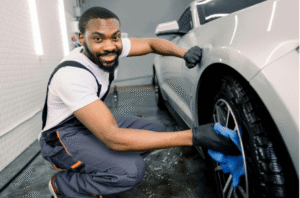
Image from Unsplash
Here are common DIY topics creators explore and how communities engage:
- Brake pad replacements: Visual, accessible, and fulfilling for beginners.
- Tyre rotation and pressure fixing: Practical and safe when done correctly.
- Fluid top-ups and filter changes: Easy to document and perfect for short Reels or TikToks.
- Interior and detail hacks: From cleaning consoles to upgrading lighting.
- EV quick checks: Plug-in kit swaps and charge port cleaning, especially appealing to new EV owners.
The feedback loop of creator + tool + viewer trying at home is reinforcing the trend, and turning viewers into proactive car owners.
The Role of Communities and Comments
Online communities play a pivotal role in verifying content. In Reddit threads, YouTube comments, and Instagram DMs, audiences frequently cross-check techniques, share feedback, or suggest safer alternatives. This peer-review style helps weed out dangerous advice and strengthens collective learning.
Communities also fuel ongoing motivation. Viewers are not just watching content but responding, asking questions, and showing their own progress. This engagement cycle makes car repair feel less like an intimidating challenge and more like a social hobby.
Learning Safely: When to DIY, and When to Walk Away
While DIY skills are valuable, not all repairs are created equal. Consider:
- Skill level: Only attempt tasks you can research thoroughly and understand risk of damage or injury.
- Tool quality and calibration: Source from trusted suppliers (like My Garage Supplies) and verify tool accuracy, especially for critical measurements like torque settings or ride height.
- Insurance and warranty: Self-repair may void certification or warranty; always check before proceeding.
The New Garage Narrative
Car repair content is no longer just entertainment, it’s a cultural shift in how people interact with their vehicles. The success of this movement rests on three pillars: visual clarity, trust in tools, and the confidence to try at home.
Suppliers like My Garage Supplies bridge the digital and physical by providing reliable, video-ready tools that users can actually order. Creators benefit from quality gear; viewers benefit from clarity and inspiration.
From Instagram Reels showing a first tyre rotation to longer YouTube retrospectives on wrenching and restoration, the narrative is clear. Today’s drivers aren’t just watching the story, they’re building it themselves.


